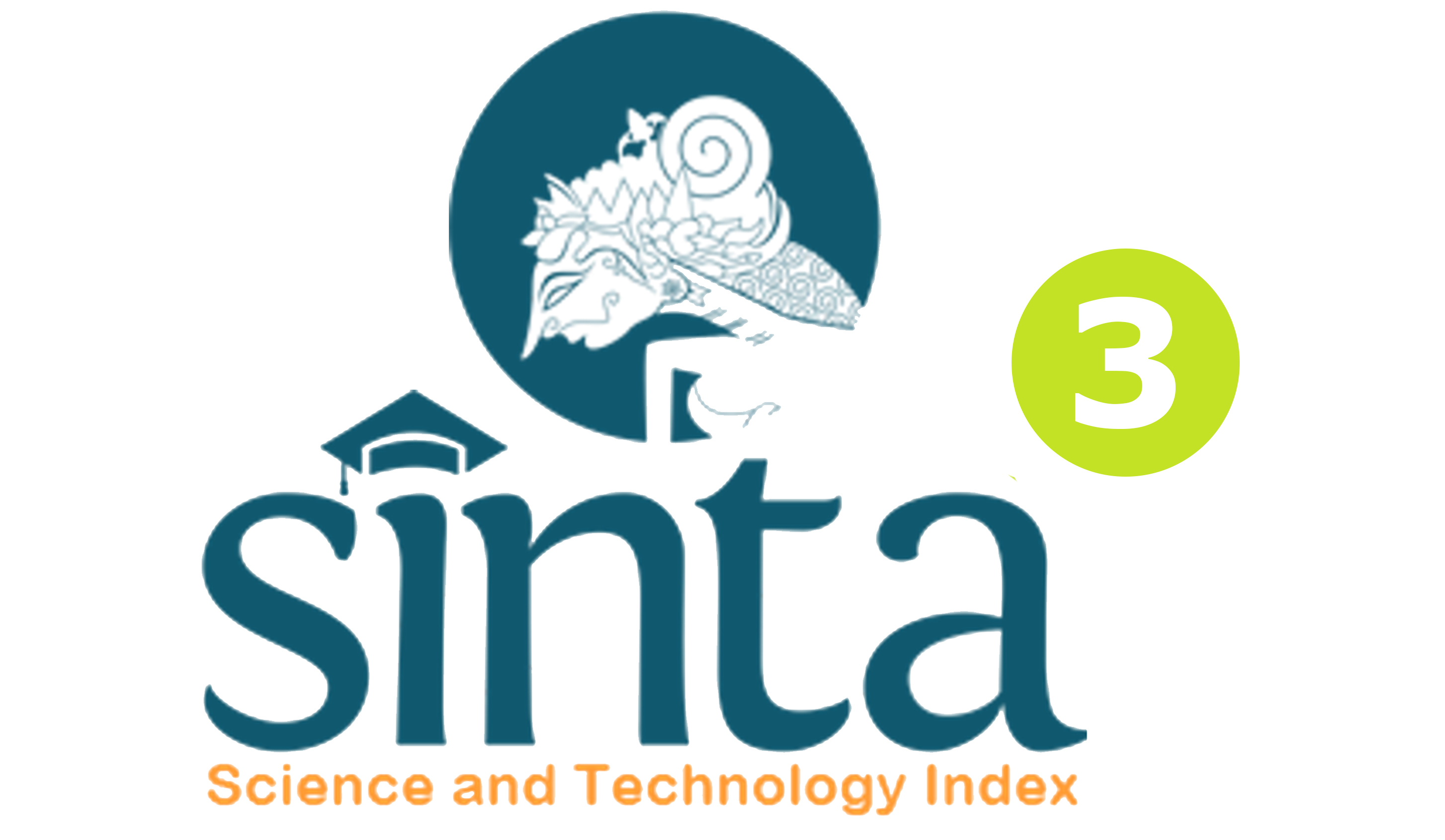Konseling Behavioral dengan Teknik Modeling Melalui Lesson Study untuk Meningkatkan Kemandirian
DOI:
https://doi.org/10.23887/jibk.v9i2.22228Abstract
This research was carried out aimed to determine the extent of the effectiveness of the implementation of behavioral counseling theory with modeling techniques to increase student independence and differences in the independence of students who were given behavioral counseling with modeling techniques and those that were not given to VII grade students of SMP Lab. Undiksha Singaraja. The sample of this study was determined using random sampling techniques, the data collection method in this study used the interview method, a diary, and the questionnaire independence Likert scale pattern. The method of analyzing the hypothesis test data uses t test. The results of this study indicate that there is the effectiveness of behavioral counseling modeling techniques for the independence of Grade VII students of SMP Lab. UNDIKSHA and there are differences in independence given behavioral counseling modeling techniques with those not given.
Keywords: Behavioral Counseling, modeling technique, independence
Downloads
Published
Issue
Section
License
Jurnal Ilmiah Bimbingan Konseling Undiksha is an Open Access Journal. The authors who publish the manuscript in this journal agree to the following terms:
JIBK is licensed under a Creative Commons Attribution 4.0 International License. This permits anyone to copy, redistribute, remix, transmit and adapt the work provided the original work and source is appropriately cited.
This means:
Jurnal Ilmiah Bimbingan Konseling is licensed under a Creative Commons Attribution 4.0 International License.
(1) Under the CC-BY license, authors retain ownership of the copyright for their article, but authors grant others permission to use the content of publications in JIBK in whole or in part provided that the original work is properly cited. Users (redistributors) of JIBK are required to cite the original source, including the author's names, JIBK as the initial source of publication, year of publication, volume number, issue, and Digital Object Identifier (DOI); (2) The authors are the copyright owner of the article, and the author grants the JIBK held the first publication right.









.png)

.jpg)
